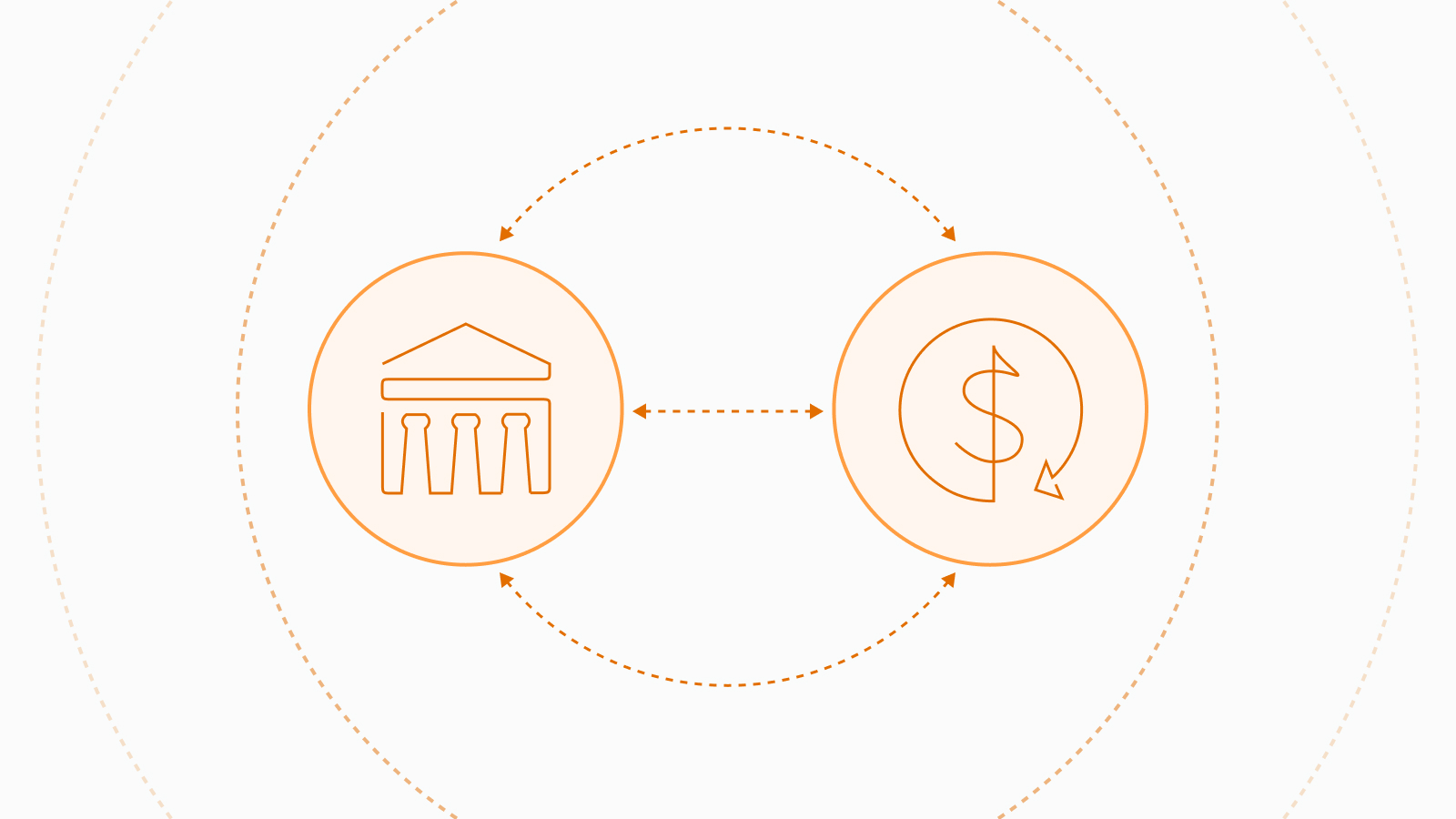ACH vs. wire transfers and when to use each
25 September 2025
In today’s dynamic business environment, cash flow can make or break an opportunity. One of the many ways businesses are able to improve efficiency, vendor relationships and liquidity is by building robust payments infrastructure that allows them to be as cost-sensitive, or as agile, as they need to, based on the situation.
Two widely-used payment options - Automated Clearing House (ACH) and wire transfers - form a part of this institutional payment fabric. While both are rails for transferring funds, they differ in speed, cost and network characteristics.
ACH transfers: How they work and when to use them
The ACH network is a payment system that electronically moves funds between financial institutions. These transactions are compiled into a batch file, containing all the relevant details for each transaction, such as sender and receiver account information, payment amount and other necessary details.
Each ACH batch file can contain thousands of individual transactions. These batches accumulate throughout the day until an appropriate ACH processing window. For example, if a transaction is entered at 12 p.m. and the ACH processing window is at 2 p.m., that transaction will enter the ACH network that same day to begin processing.
ACH transfers are widely used for low-cost, high-volume transactions that don’t require immediate settlement. These transfers typically clear within one to two business days, making them ideal for transactions with a moderate urgency, such as:
- Recurring payments: ACH works well for predictable, recurring payments like payroll, vendor payments and subscription fees. Its low fees make it an efficient solution for businesses that make regular payments at scale. For example, a software firm with 300 employees might automate its payroll through ACH to minimize these costs and guarantee regularly timed employee compensation.
- Multiple, low-value transactions: For example, a national utility provider might collect monthly payments from thousands of customers using ACH. This approach reduces the costs associated with handling a high volume of small payments and helps keep customers’ accounts updated without delay.
How Wire Transfers Differ
Wire transfers are a fast, secure way to send money, especially for high-value or time-sensitive transactions. Unlike ACH transfers, wire transfers are often processed individually in real-time, though some financial institutions batch-process them at scheduled intervals for operational efficiency. Domestic wire transfers are usually completed within hours, while international transfers take 1-2 business days. However, cut-off times - often between 2:00 PM and 5:00 PM in the sender’s local time zone for domestic transfers, and earlier for international ones - play a key role in determining processing speed. Requests made after these times, or on weekends and holidays, are typically processed the next business day.
They are fortified with robust security measures, including customer authentication, encryption, and fraud detection systems to help funds securely reach the correct recipient. While the higher fees and occasional batching might delay the speed slightly, planning ahead - by accounting for cut-off times and time zones - can help funds arrive on time and meet the needs of critical transactions. Always double-check recipient details, as wire transfers cannot be reversed once processed.
Simplifying Payment Infrastructure for Scalable Growth
By balancing a combination of payment rails, including ACH and wire transfers, businesses of all kinds can optimize their cash flow, maintain competitiveness, and build strong vendor relationships.
Online Payments and Global Payments APIs on the J.P. Morgan Payments Developer Portal support multiple options to accept and send payments at scale, almost anywhere in the world.
Get in touch with questions or get started by registering for an account.